The new year, 2024, starts with Dorset exhibitions of two of the towering figures of 20th century art – both women. There is a major Elisabeth Frink retrospective at Dorset Museum and a collection of photogravures by the pioneering painter and leading American Modernist, Georgia O’Keeffe, at Poole’s Lighthouse arts centre gallery. Fanny Charles
Elisabeth Frink in Dorset
A major new exhibition at Dorset Museum explores the life and work of the world-famous sculptor who lived on Bulbarrow for nearly 20 years
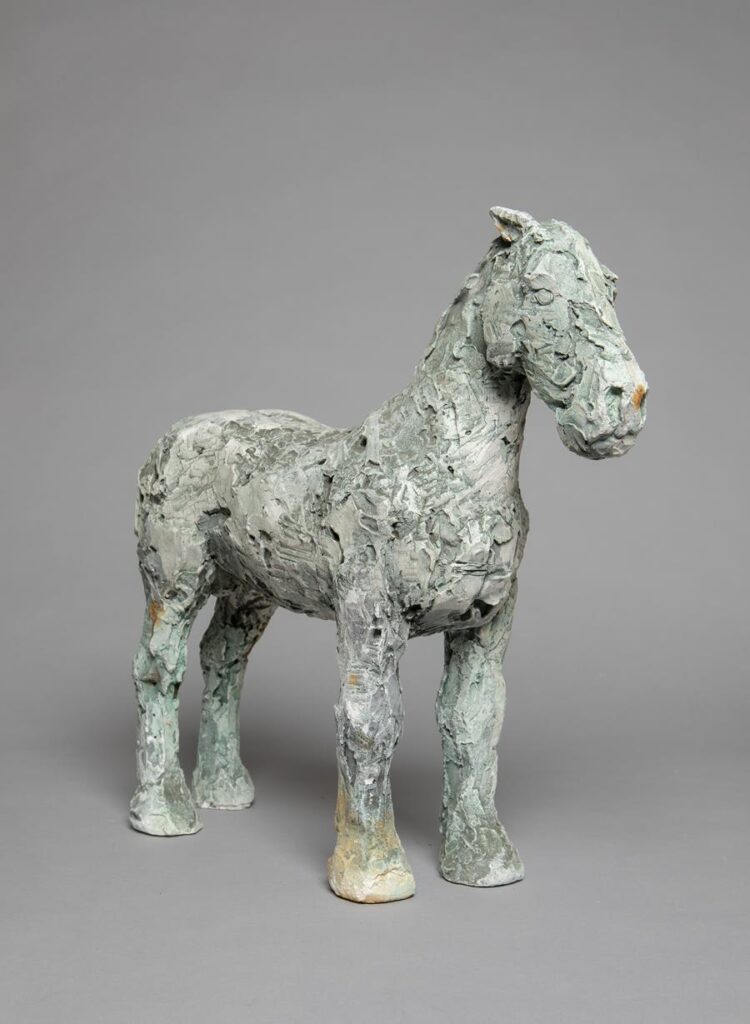
One of the greatest sculptors of the 20th century, Dame Elisabeth Frink, lived at Woolland House on Bulbarrow in the heart of Dorset, from 1976 until she died of cancer in 1993 at the age of 62. To mark the 30th anniversary of her death, there is a major retrospective at the Dorset Museum.
Elisabeth Frink: A View from Within is the first exhibition to focus on the significant body of work she produced at her Woolland studio. It explores her artistic process, personal life, the profound influences that shaped her work, our relationship with the natural world and her enduring legacy.
Like many of her generation, whatever their subsequent career or life path, Frink was profoundly affected by the Second World War. She was part of a post-war school of sculpture known as the Geometry of Fear and much of her work was concerned with the exercise of power. She also had a strong interest in the human form and animals, particularly birds, dogs and horses. In its obituary, The Times defined her work as having three themes: “the nature of Man; the ‘horseness’ of horses and the divine in human form.”
Elisabeth Frink was born in November 1930 at her paternal grandparents’ home, The Grange, in Great Thurlow, Suffolk. Her parents were Captain Ralph Cuyler Frink, a career officer in the 4th/7th Dragoon Guards, and Jean Elisabeth Conway-Gordon. With her mother, Elisabeth and her brother Tim were evacuated to Exmouth. Her father was one of the cavalry regiment evacuated from Dunkirk in the early summer of 1940.
The war inevitably provided context for some of her early works. Growing up near a military airfield in Suffolk, she heard bombers returning from their missions and on one occasion was forced to hide under a hedge to avoid the machine gun attack of a German fighter plane. Some of her early drawings, before she went to art school in London, include wounded birds and falling men. She trained at Guildford School of Art and at Chelsea School of Art. She lived in France from 1967 to 1970 and moved to Dorset with her third husband, Alexander Csaky, in 1976.
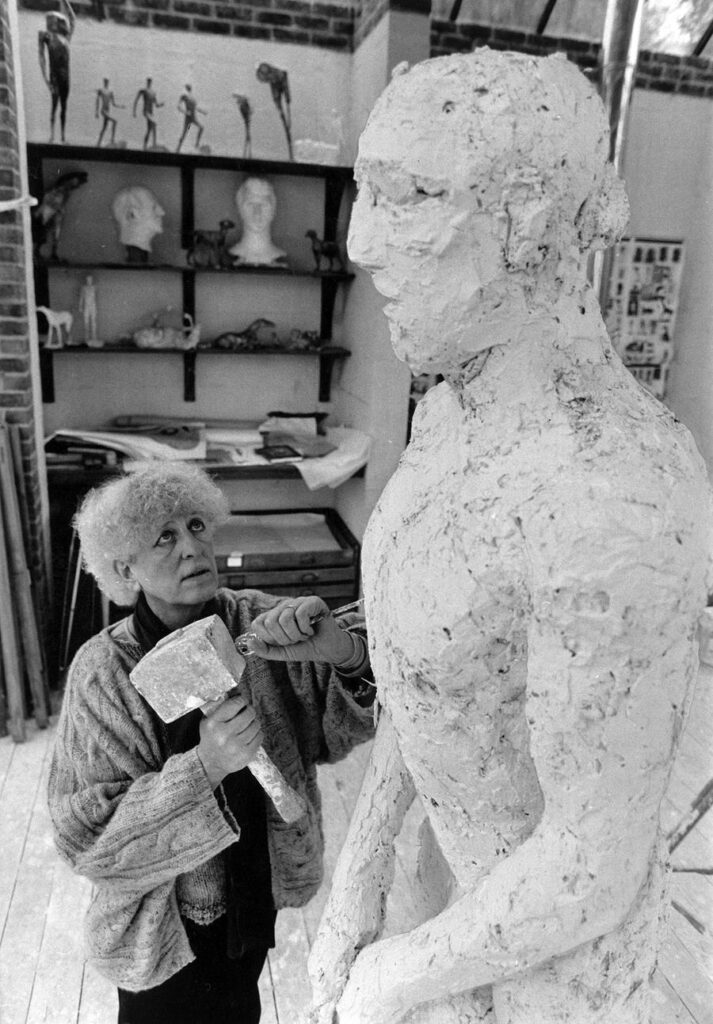
© Anthony Marshall/Courtesy of Dorset History Centre.
Artist copyright approved by Tully and Bree Jammet.
What it means to be human
The Dorset Museum exhibition, which runs until 21st April, presents works from the collection that the museum acquired from the Elisabeth Frink Estate in 2020, featuring around 80 sculptures, prints, drawings and personal possessions. Many of these items, including working plasters that formed the basis of Frink’s bronze sculptures, are on public show for the first time. The works are arranged in eight themed sections, each offering a perspective on her life and art.
The display, which features a partial re-creation of her studio, explores her creative methods and her connection with the natural world, including the contemplation of human-animal interdependence. Her work was profoundly spiritual, reflecting her humanist beliefs and dedication to human rights. Also on show are personal papers and photographs from the Frink Archive at the Dorset History Centre, and large-scale sculptures from Yorkshire Sculpture Park and The Ingram Collection of Modern British and Contemporary Art.
Elizabeth Selby, Dorset Museum’s director of collections and public engagement, says: ‘Elisabeth Frink was an extraordinary artist who explored what it meant to be human through her work. This exhibition portrays Frink in a more intimate light, revealing her inner world and the major themes she explored in her sculpture, prints and drawings.’
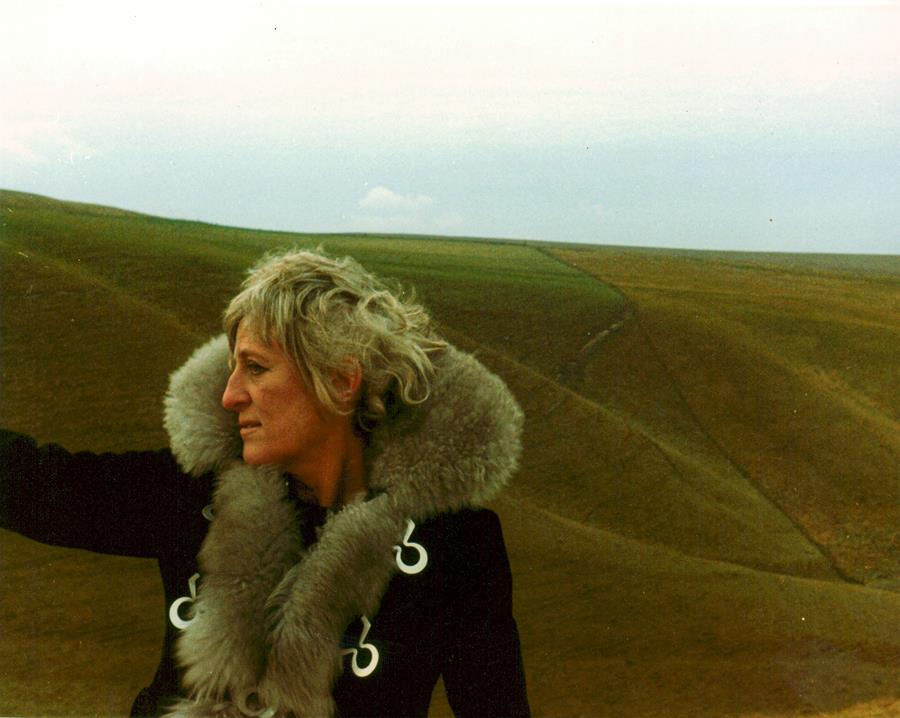
Among the objects illustrating her life at Woolland are paintings by friends, a book inspired by Frink by her friend, Michael Morpurgo, family photographs and Seated Man (1986, on loan from Yorkshire Sculpture Park), which she placed by the swimming pool, the setting for many parties.
Items in the re-created studio include plasters for sculptures including Walking Man (1989) and Leonardo’s Dog (1991), and there are photographs and archive film which convey the creative freedom that Frink enjoyed at Woolland. A selection of original prints including Little Owl (1977) and Blue Horse Head (1988) shows how Frink mastered a number of printmaking techniques, lithography, etching and screen-printing, through collaborations with three major printmaking studios. Book illustrations including The Children of the Gods: The Complete Myths and Legends of Ancient Greece, highlight how her art often echoed her love of poetry, music, reading and her convictions.
Her belief in the dependency of humans on the natural world and other species and her questioning of hierarchies that lead to injustice and acts of aggression are revealed through her sculptures of animals, including Standing Horse (1993) and Small Standing Dog (1991) as well as drawings and original prints.
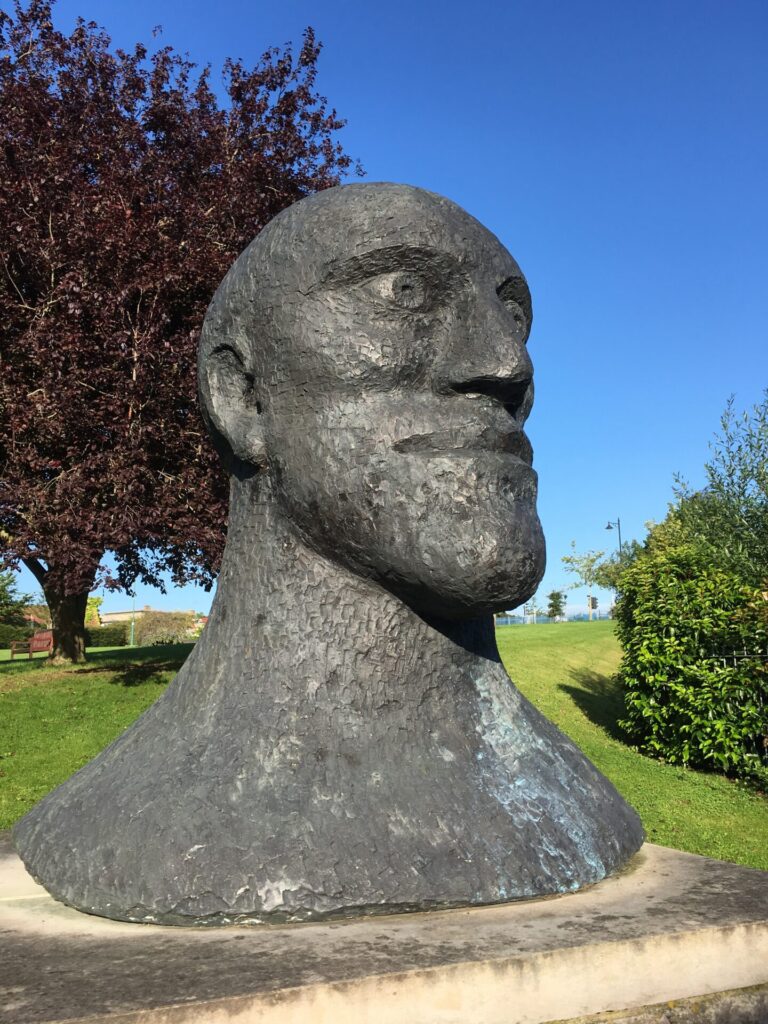
Sharing her work
In the section Spirituality and Humanism, Frink’s art is viewed in relation to her own spiritual beliefs and her commitment to humanist ideas.
Although raised as a Catholic, she was ambivalent about organised religion, but some of her sculptures, including Walking Madonna (1981), familiar to many local people from its site in Salisbury Cathedral Close, demonstrate an understanding of litany and sacred space, while showing a sensibility and respect towards people with religious beliefs.
The Human Rights section explores her commitment to interrogating human rights abuses, revealing how her work gives dignity to the victims and survivors of brutality, including sculptural tributes to martyrs and prisoners of conscience. Goggle Head (1969) and the Running Men series (1970s and 80s) were her most overtly political statements. There is a maquette for the Dorset Martyrs (1983), which pays homage to all men and women who suffered for their beliefs. The sculpture stands at Gallows Hill on South Walks, Dorchester.
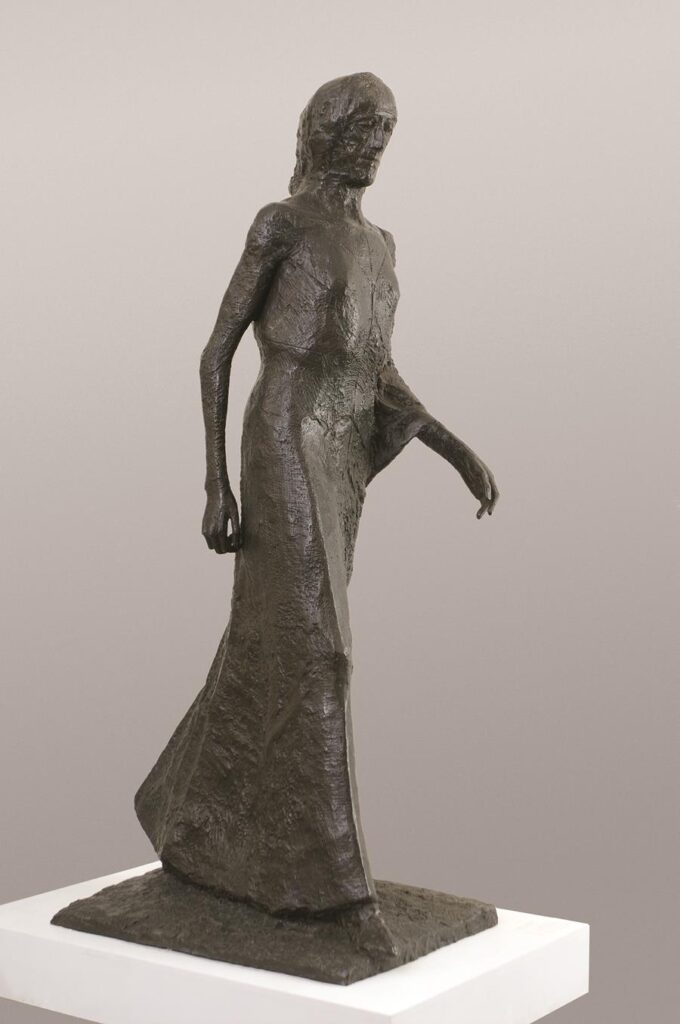
The final section, New Beginnings, honours Frink’s enduring legacy. The dying wishes of her son, Lin Jammet, were that the entire Frink Estate and Archive be given to the nation, ensuring that his mother’s vision of sharing her artwork within the public sphere was achieved. This generosity resulted in a significant cultural gift to 12 public museums across England, Scotland and Northern Ireland, with Dorset Museum receiving more than 300 works.
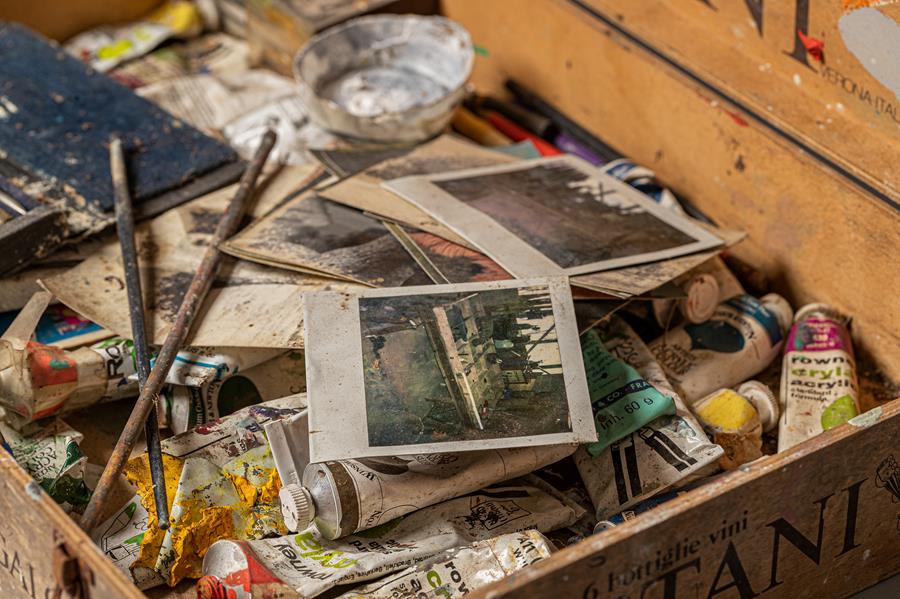
Letters and archive material show how Frink was aware of the vulnerability of life – the theme of mortality was present in much of her work. In 1990, she was diagnosed with cancer and underwent surgery and treatment. Her hope for remission so that she could see her grandson grow up became directed towards ideas of regeneration and rebirth, expressed in her Green Man (1992) artworks.
Following its run at Dorset Museum, Elisabeth Frink: A View from Within will tour to two of the Wessex Museum partners – Swindon Museum and Art Gallery and Salisbury Museum.

